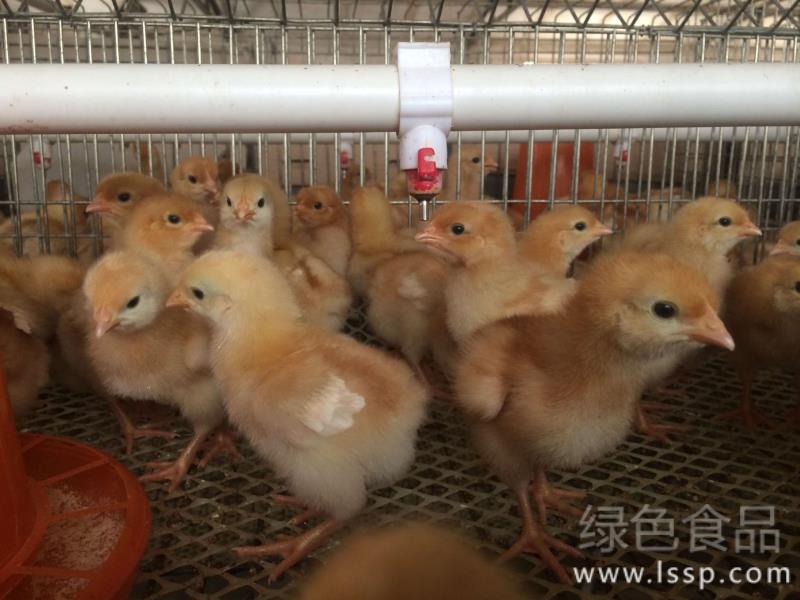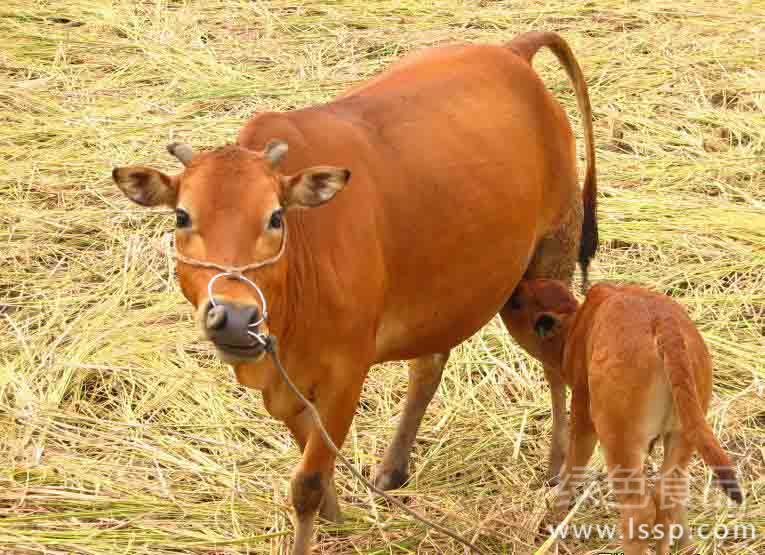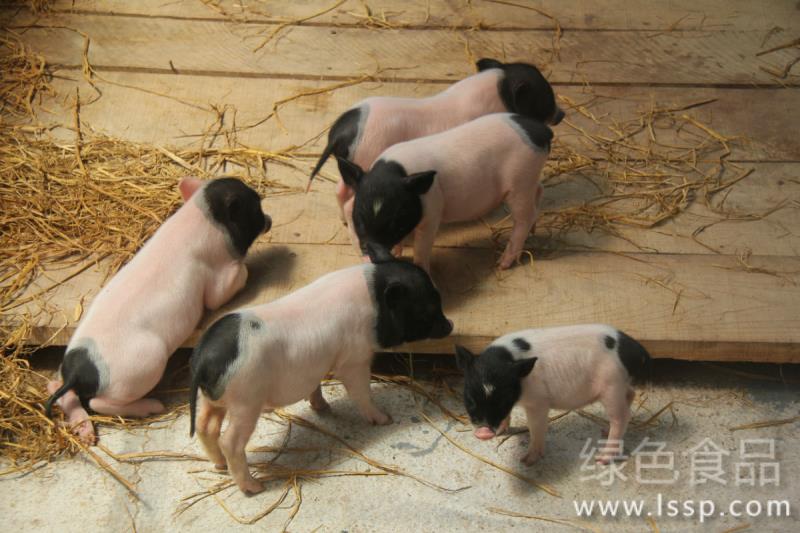The quality of brooding affects production efficiency how to reduce the mortality of chicks
The ability of chicks to adapt to the environment in the early stage is poor, and whether the breeding effect is successful or not directly affects the production benefit. In brooding management, in addition to vaccination and control of infectious diseases, measures should be taken to reduce the mortality of chicks, such as heat preservation, timely feeding, strict disinfection and so on.

Chick
1. Control the temperature of brooding: if the temperature is too high, the chicks are easy to die of heatstroke; if the temperature is too low, it is easy to squeeze to death. Generally speaking, before entering the chick, the temperature of the rearing room 1 meter above the ground should reach 33: 35 ℃. After 3 days, the temperature should reach 31: 32 ℃, and then decrease to the natural temperature at 2: 3 ℃ per week.
2. Drink water and eat at the right time: hatching chicks, it usually takes 48 hours from the first chicken to break its shell, plus vaccination, loading and transportation, some chicks take more than 72 hours to hatch. At this time, the chicks are seriously dehydrated, so before entering the chicks, prepare a sufficient amount of cold boiled water fountains to artificially train the chicks to drink water. Eat after 4-5 hours rest, combined with 24-hour light within 2 days of age, so that the chicks can recover their physical strength as soon as possible and ensure their nutritional intake.
3, strict disinfection, beware of omphalitis: omphalitis, also known as yolk bursitis, is the most common disease that causes chicken death. The main cause of this disease is that the umbilical cord hole of chicks is not closed well and is infected by Escherichia coli and Salmonella. The infected chicks had damp and inflamed navel, enlarged abdomen, unpleasant smell, and mostly died of toxemia. As most of the chicks with omphalitis are infected during the incubation period, hatching utensils and breeding eggs need to be thoroughly disinfected. Eggs can be disinfected with formaldehyde and potassium permanganate fumigation; incubators are disinfected by thorough cleaning, spray disinfection and formaldehyde and potassium permanganate fumigation.
4. control of chicken pullorum: because the pathogen of chicken pullorum in most chicken farms has not been thoroughly purified, chicken pullorum has become the primary bacterial disease of chicken death. The vertical infection of breeder chickens in chicken pullorum hatchery has a high incidence of 7-day-old chicks, so it can be prevented by drinking water or mixing with many kinds of drugs, such as gentamicin, kanamycin, ofloxacin, anrofloxacin and so on.
5. to reduce the death caused by improper management, the chicks at the age of 3 to 5 weeks are prone to feather pecking, and the density increases with the increase of age, coupled with poor ventilation, excessive concentration of ammonia and so on. In order to prevent plume pecking, it is necessary to strengthen ventilation and reduce density. The general feeding density is divided into two parts, one is the size of the trough position occupied by each chicken, and the other is the number of chickens per square meter of chicken house. The former affects feeding, while the latter affects air. The feeding density depends on the feeding mode, the ground is flat, the density should be smaller; online feeding, the density can be higher. In addition, in the breeding period, the feed is single, which will cause vitamin deficiency. It is mainly due to the lack of vitamin A, B2, E and K, so it is necessary to cooperate with full-price feed according to the nutrition standard of chicks. In addition, 7-day-old chicks have higher maternal antibodies and generally have no malignant infectious diseases. after 7-day-old, due to improper management, it is easy to lead to a large number of deaths due to infectious diseases.
- Prev

Breeding techniques of poisonous Beef cattle with improper forage treatment in Autumn
Breeding techniques of poisonous Beef cattle with improper forage treatment in Autumn
- Next

Xiang Pig easy to raise Feed reward matters needing attention in raising small Xiang Pig
Xiang Pig easy to raise Feed reward matters needing attention in raising small Xiang Pig
Related
- On the eggshell is a badge full of pride. British Poultry Egg Market and Consumer observation
- British study: 72% of Britons are willing to buy native eggs raised by insects
- Guidelines for friendly egg production revised the increase of space in chicken sheds can not be forced to change feathers and lay eggs.
- Risk of delay in customs clearance Australia suspends lobster exports to China
- Pig semen-the Vector of virus Transmission (4)
- Pig semen-the Vector of virus Transmission (3)
- Five common causes of difficult control of classical swine fever in clinic and their countermeasures
- Foot-and-mouth disease is the most effective way to prevent it!
- PED is the number one killer of piglets and has to be guarded against in autumn and winter.
- What is "yellow fat pig"? Have you ever heard the pig collector talk about "yellow fat pig"?

